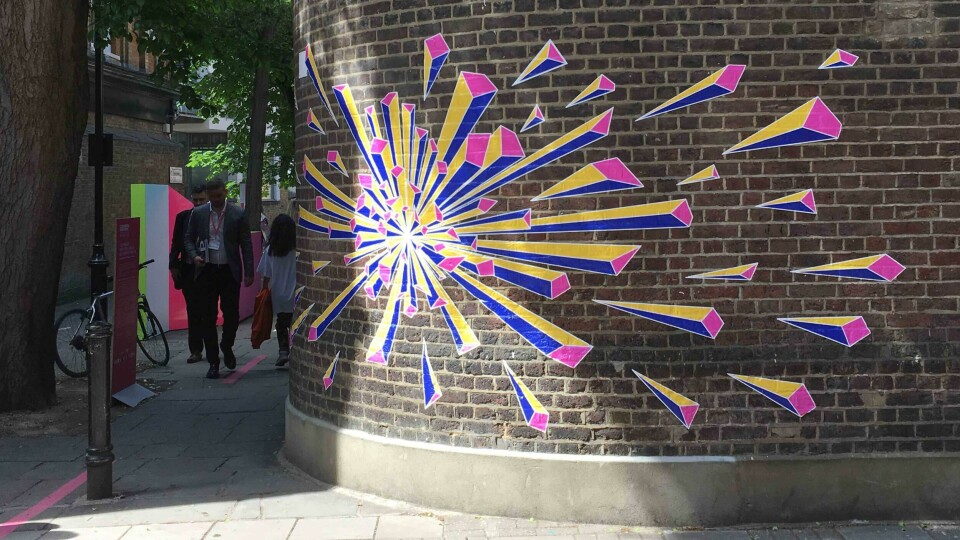
Trend report: Clerkenwell Design Week 2019
Clerkenwell Design Week is in its tenth year, and improving with age. We assess trends that are likely to bleed into automotive
Now in its 10th year, Clerkenwell Design Week is a showcase event in an east-central district of London which has become a leading cluster of creative businesses. With over 100 locally-based showrooms, design practices and studios taking part this year, international brands exhibiting in historic buildings and pop-up spaces, and nearly 400 talks, workshops, presentations and round-table discussions, it provides plenty of talking points. While the focus is on commercial interiors, workspaces and furniture design, alongside the latest product launches comes a strong sense of trends and themes with a cross-sector impact – and the wider concerns the design world in general is facing.
Sustainability

Recycled and repurposed textiles and materials featured in everything from high-end furniture and luxury fabrics to less-glamorous hard-wearing floor and work surfaces, carpet underlays and wall-coverings, in varying – but increasingly higher – proportions. “We’re sourcing materials with a story behind them: the fibres, the ingredients, the manufacturing processes,” said Christine Diaz, global design director, transportation, at Ultrafabrics. “Consumers are becoming more conscious; it’s a big move in automotive and designers are really trying to push the message and make changes.”
‘Circular design’ and the ‘circular economy’ were frequent points of reference. “There are plenty of manufacturing disruptors emerging,” said Phil Pond of trend agency Scarlet Opus. “We will see new start-ups emerging for materials, lighting, energy – everything. There’s a huge drive with reference to plastics, but everything [in an interior] can be from recycled material.”
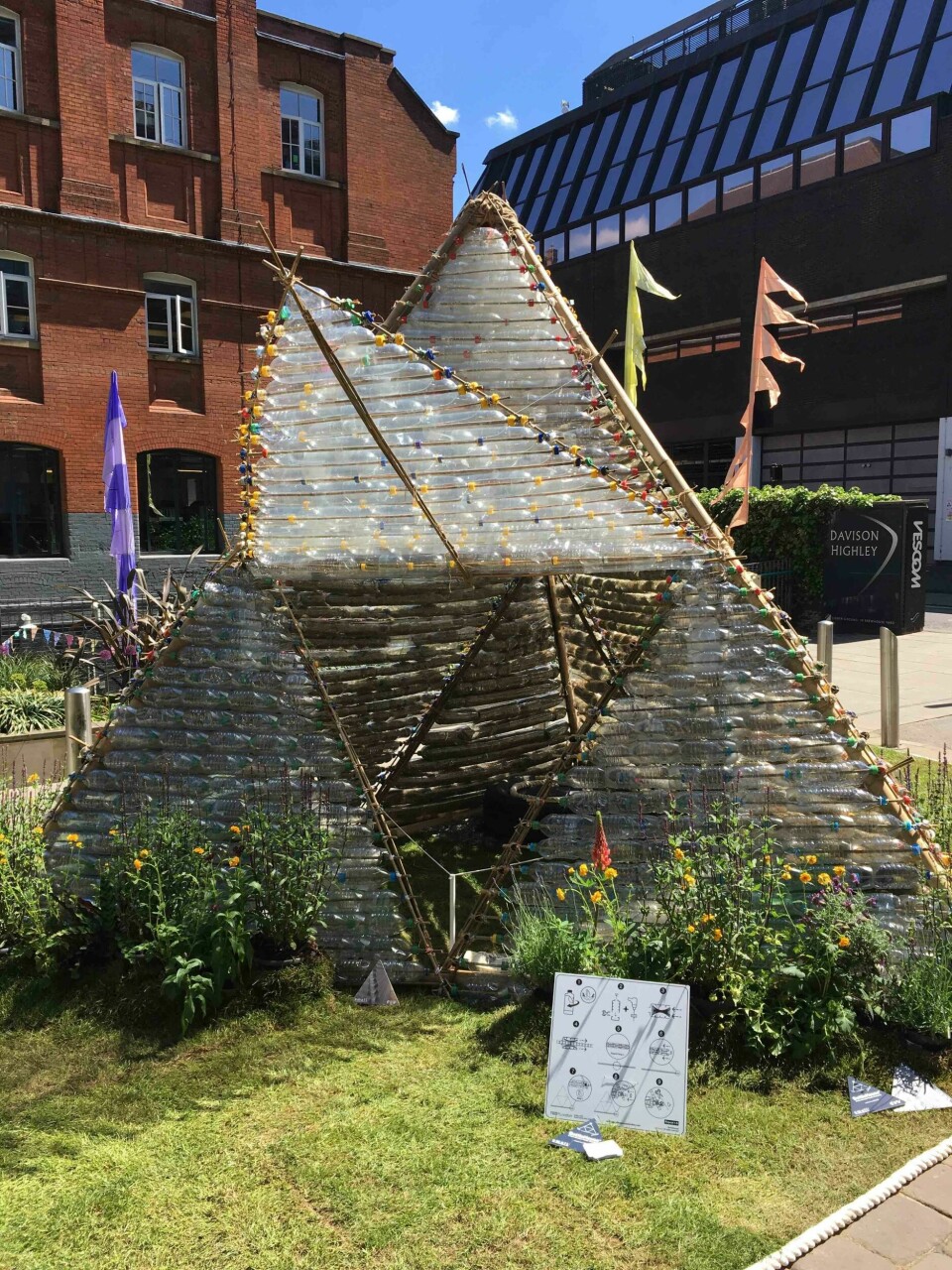
In a Future Insights discussion, Lorna Oakley of eporta, a digital platform for sourcing interior products and materials, made reference to “a whole wave of global movements” and David Attenborough’s recent Blue Planet film on plastic waste, and said: “It seems like design has really heard this. People are now seeing you can get beautiful sofas in vegan leather, you can swap out a cheaper piece for a [longer-lasting] heirloom piece – this isn’t a trend, it’s a way of life.”
Transient spaces
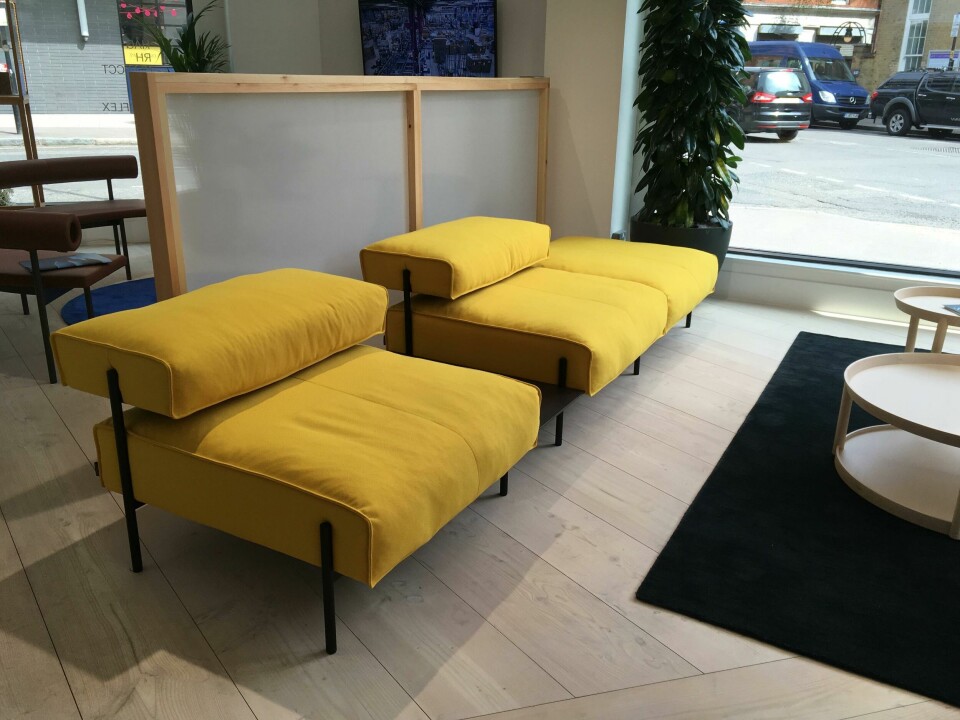
Designing for a shifting, flexible and even nomadic or multi-locational workforce was a theme for a number of workshops and presentations, but this wasn’t just about modular or reconfigurable furniture and room-dividers. “Urban living is changing at a rapid pace, cities will swell,” said Cathrin Walczyk, senior associate at Universal Design Studio, in a session titled Creating Homes of the Future. “We will have to rethink how we live together, with technological advances, new ways of working, blurring of ways of life, digital nomads, the sharing economy, the rise of self-employment, increased population, changing gender roles and gender descriptions, a changing climate…”
Walczyk noted the challenges of designing for instant or transient communities, and the effects on relationships, personal connections and emotional stability, raising the prospect of increased co-living developments with shared facilities – with profound themes similar to those in shared transportation systems. “We see real opportunity in uncurated or mixed communities,” she said. “We need to encourage collisions, mundane activities, social interactions; the real skill lies in renegotiating the me/we, to craft thresholds and boundaries, the overlaps, the layers of public versus private.”
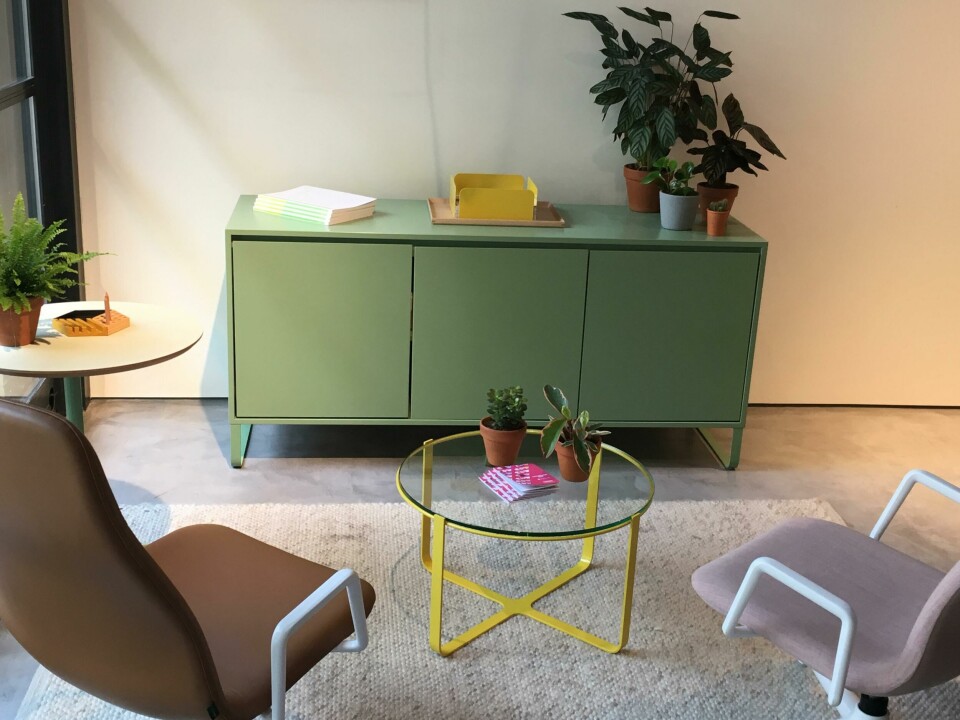
Phil Pond, meanwhile, pointed to a growing crossover between home and workplace design, now that work no longer means being tied to a desk or single location, and talked about creating psychological microenvironments and microspaces for “social solitude”, defined by perceived frameworks: “you don’t actually need to create walls for privacy, just the illusion of walls.” Intrinsic to these are the use of textures, textiles and colours to create perceived boundaries and define zones.
Wellness & wellbeing
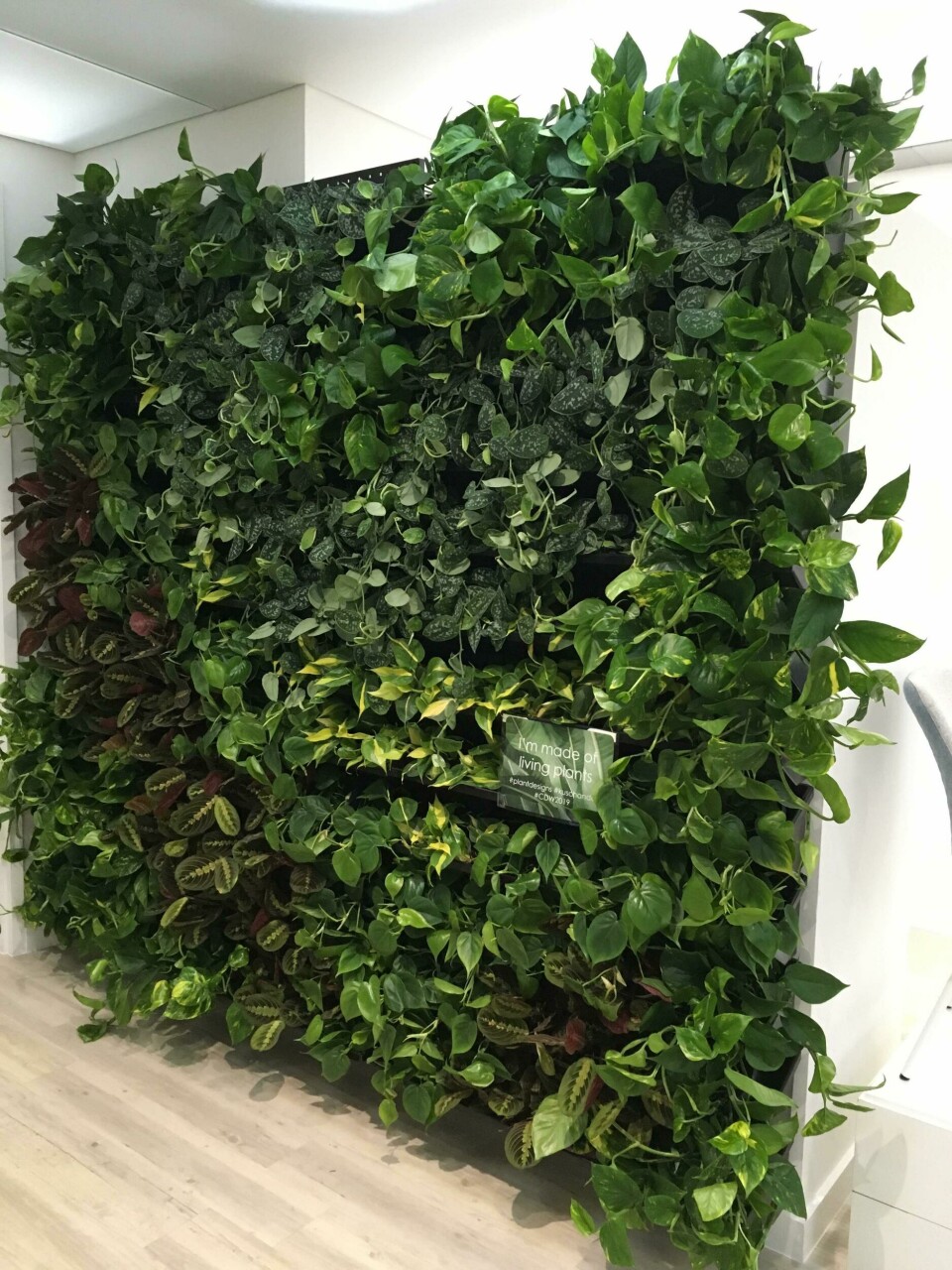
Bringing nature into interiors is an ongoing mood-lifting, health-enhancing theme which we’ve seen in recent concept cars, and many CDW attendees were seen clutching greenery and macramé plant-hangers as souvenirs from biophilic design workshops. Rickesh Patel, design director at Morpheus London, talked about upmarket residential developments and said: “There’s a willingness to open up and explore, add green space, calmness – we’re finding that a lot at the moment. We’re seeing clients want to bring the sense of a spa to private space; the well-being sector is the quickest-growing commercially, it’s very critical to bring it in.”
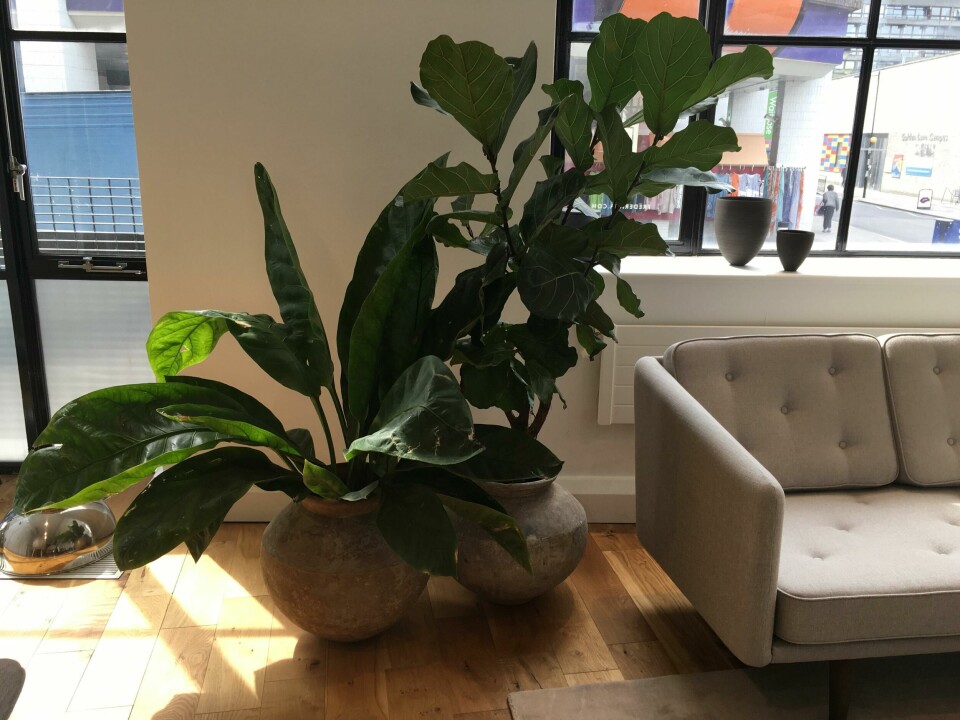
“Microenvironments for meditative purposes, quiet activities aimed at well-being, like yoga or reading, are really important to the millennial generation,” said Phil Pond. “Millennials are driving well-being as an aspect in deciding to work for an employer – it’s more important than salary to them! Colours and spaces must facilitate this, and it’s about using furniture cleverly to create spaces where you feel healthy and can be reflective.”
Retro values & vintage
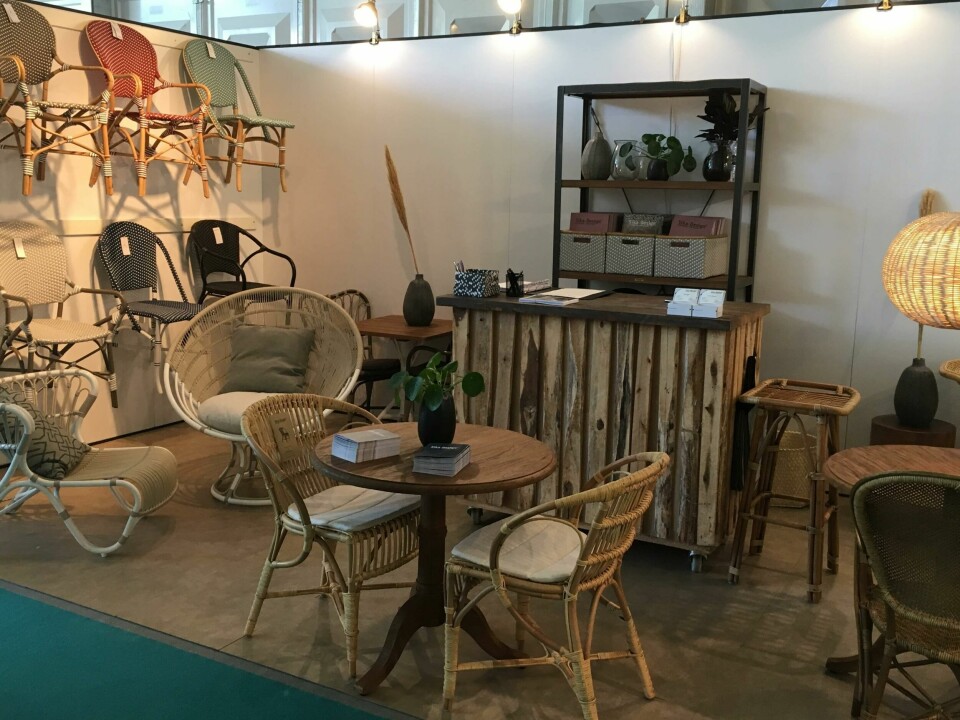
Reviving heritage products or brands – not to mention classic designs which have never gone away – is a well-worn design show tradition, but CDW 2019 appeared to be a little more retrospective than other recent trade fairs, and not only due to its modern-meets medieval setting in one of the oldest surviving quarters of London.
A distinct 1970s vibe, especially “retro brights, referencing the 1970s” is an emerging trend, according to eporta’s Melissa McCafferty. “We will see a lot more of this colour palette, yellows, greens, oranges,” she said, noting that listings on eporta for ‘70s-style fabrics such as corduroy, shagpile textures and faux furs had quadrupled in the last six months. “It was about velvet at first, and that’s still around,” added Alexei Cowan from trend forecasters WGSN. “It’s all connections to art deco [too], they keep going and going – with nostalgia, but a new interplay, new ways of showing shapes in a modern way.”
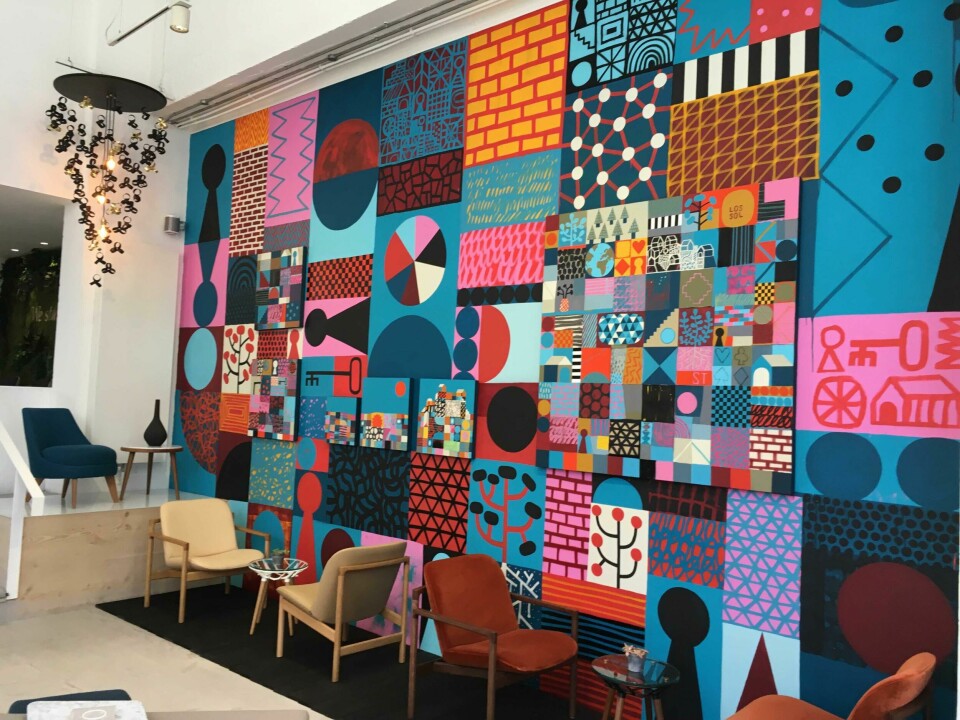
Chinese-style silk lanterns by Esther Patterson for Curiousa&Curiousa continued the romantic nods to an earlier era, contrasting with a sharp geometric installation of ‘Dawn to Dusk’ lamps by Haberdashery: two very different approaches to lighting. Cornish firm Skinflint, meanwhile, showed actual antique and vintage lamps refurbished to modern specifications, and furniture restoration projects were underway outside the Camira showroom to highlight the fabric firm’s reworked mid-century textile designs.
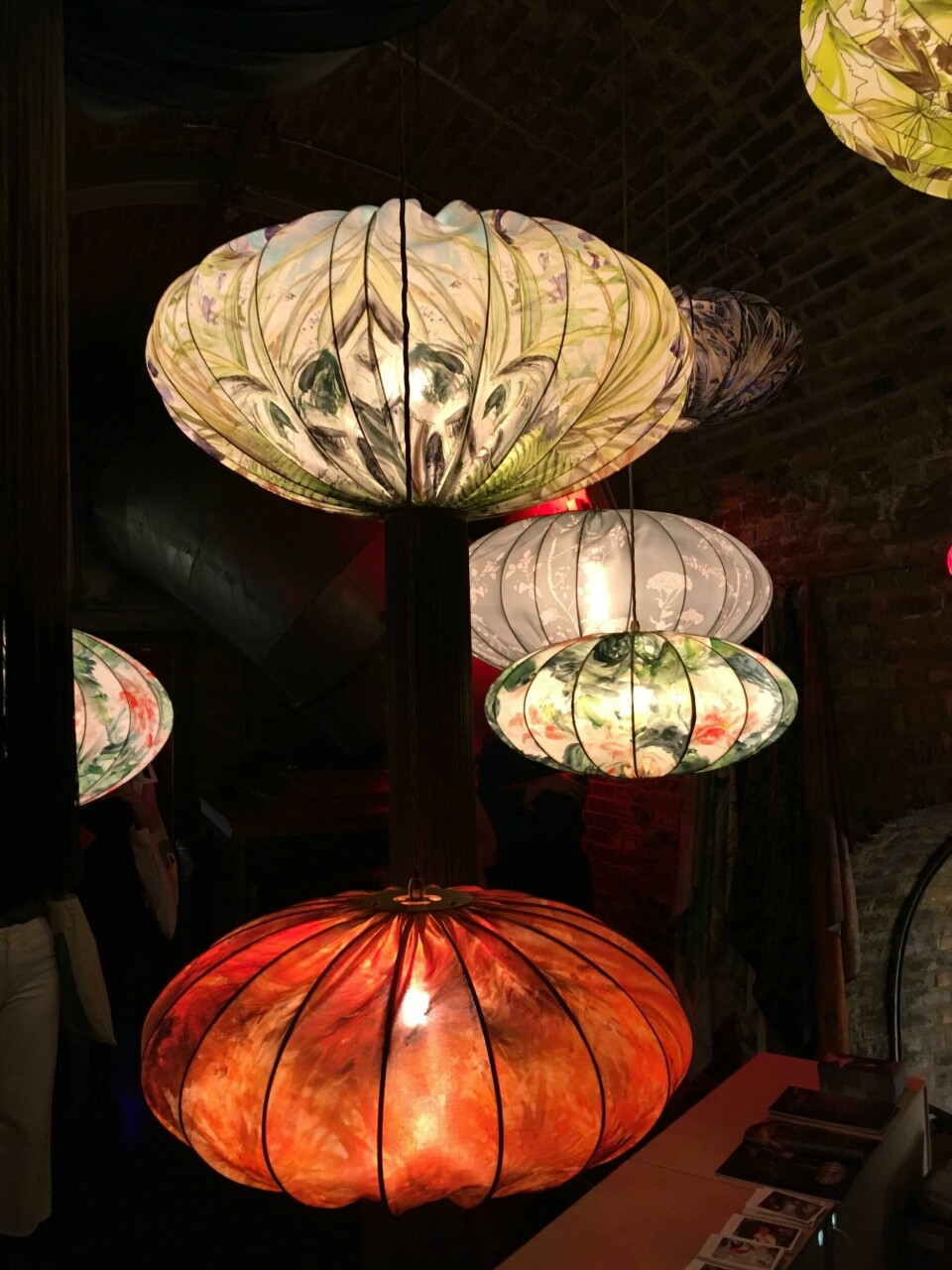
Reuse, recycle, restore, revamp, reissue: this brings us full (virtuous) circle back to sustainability, a trend which must not slip off the design agenda in any business sector.






















